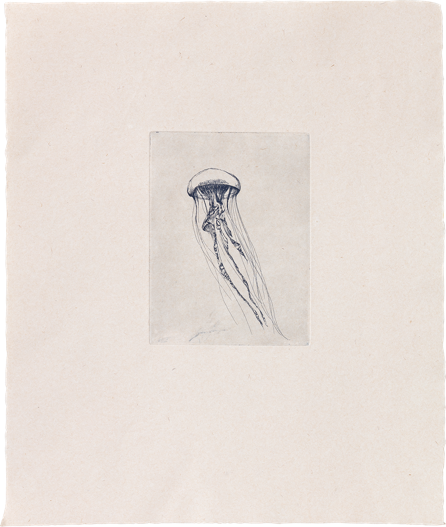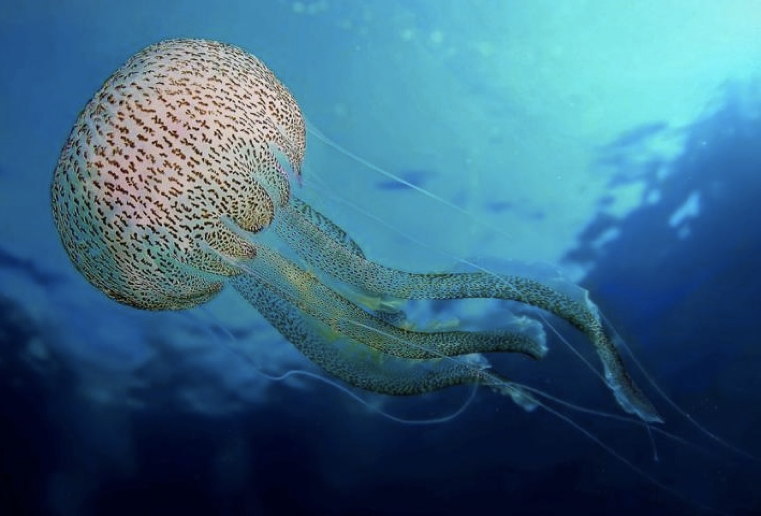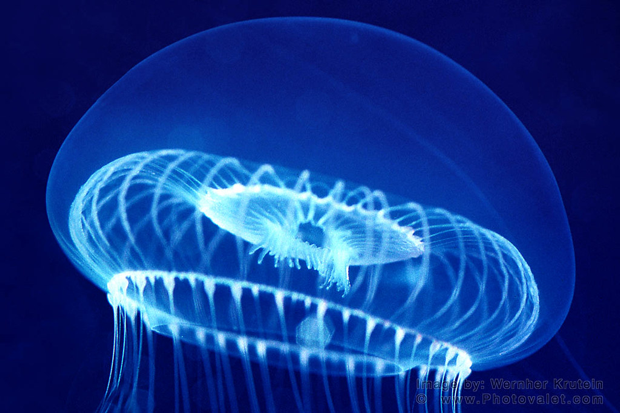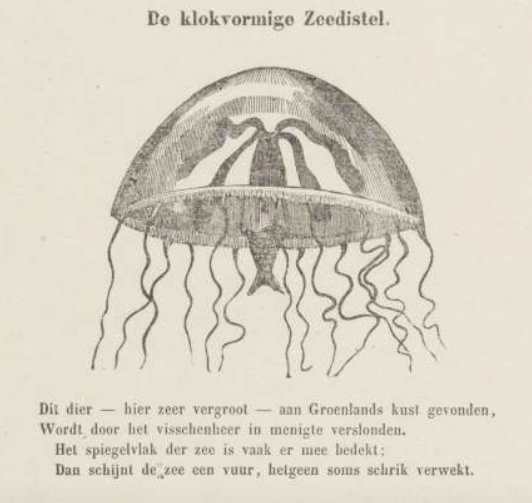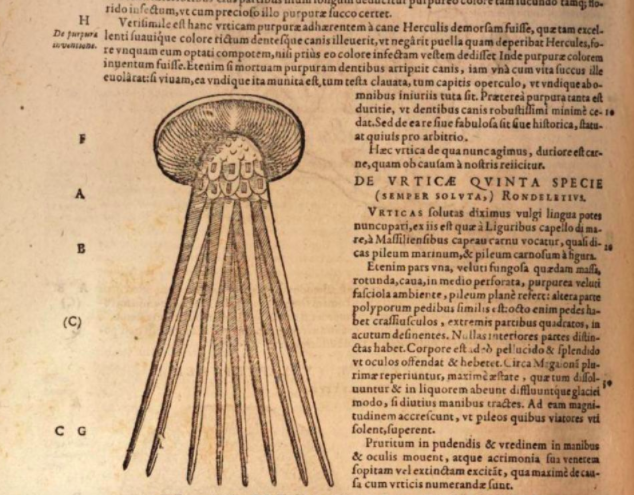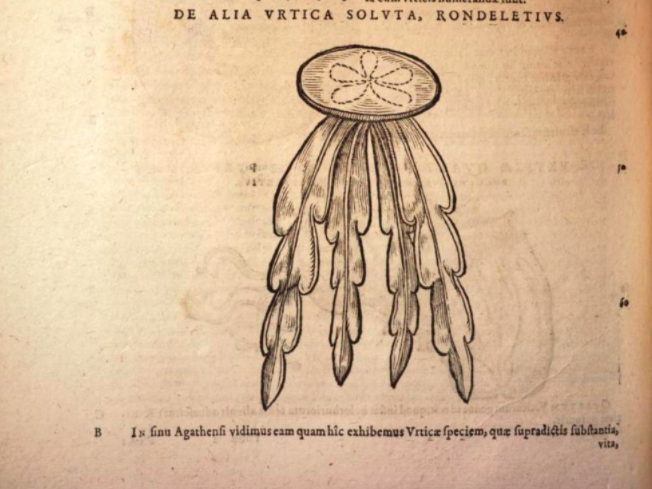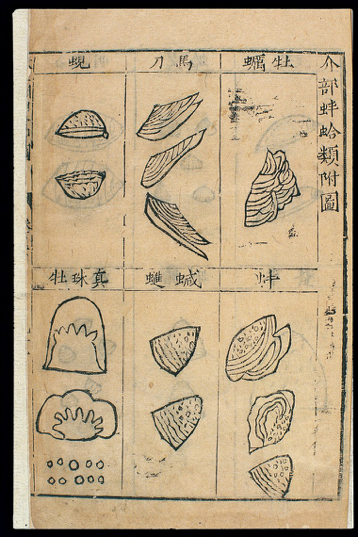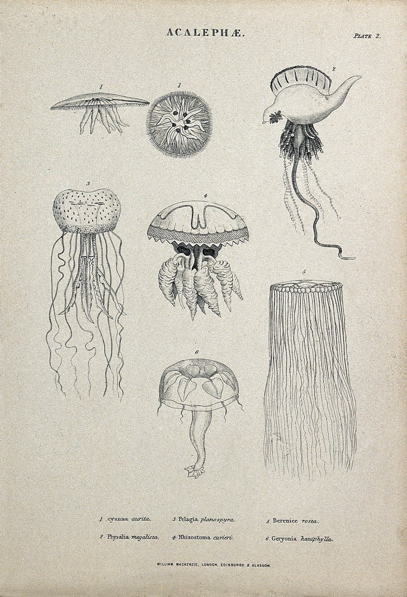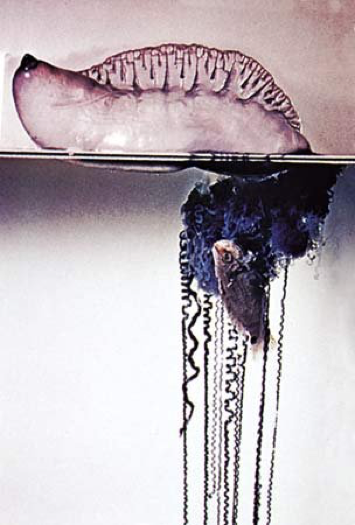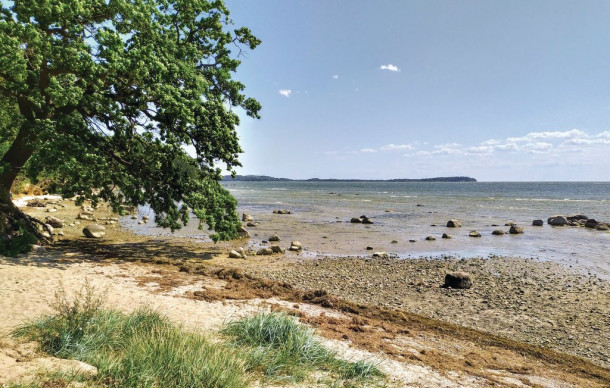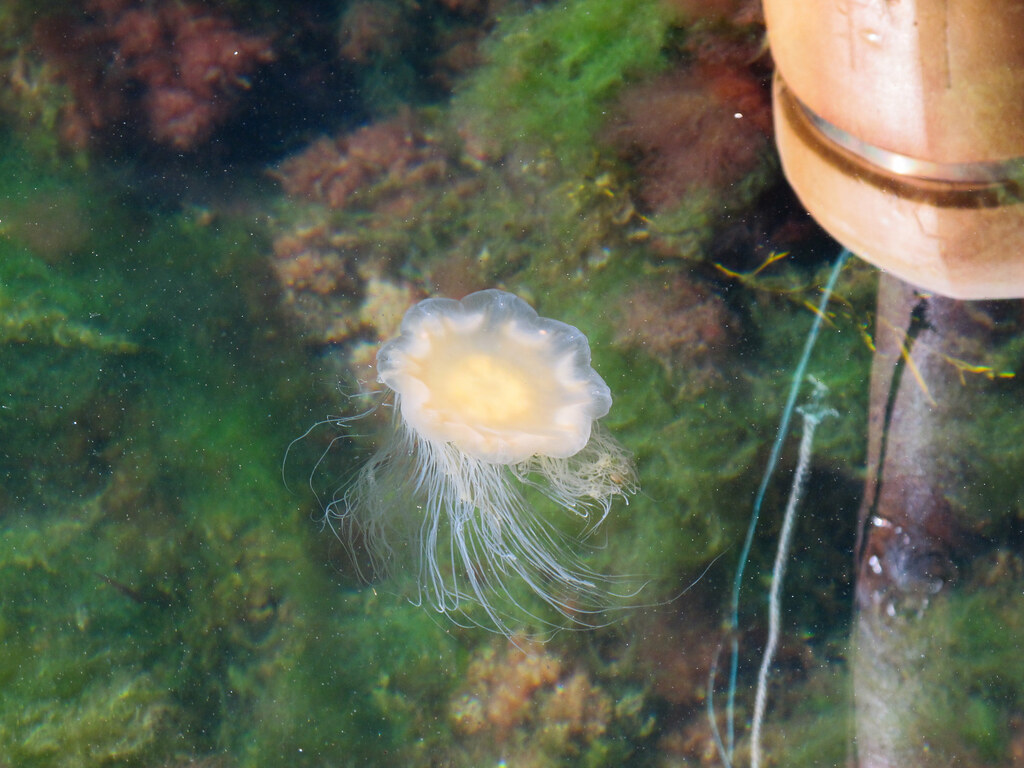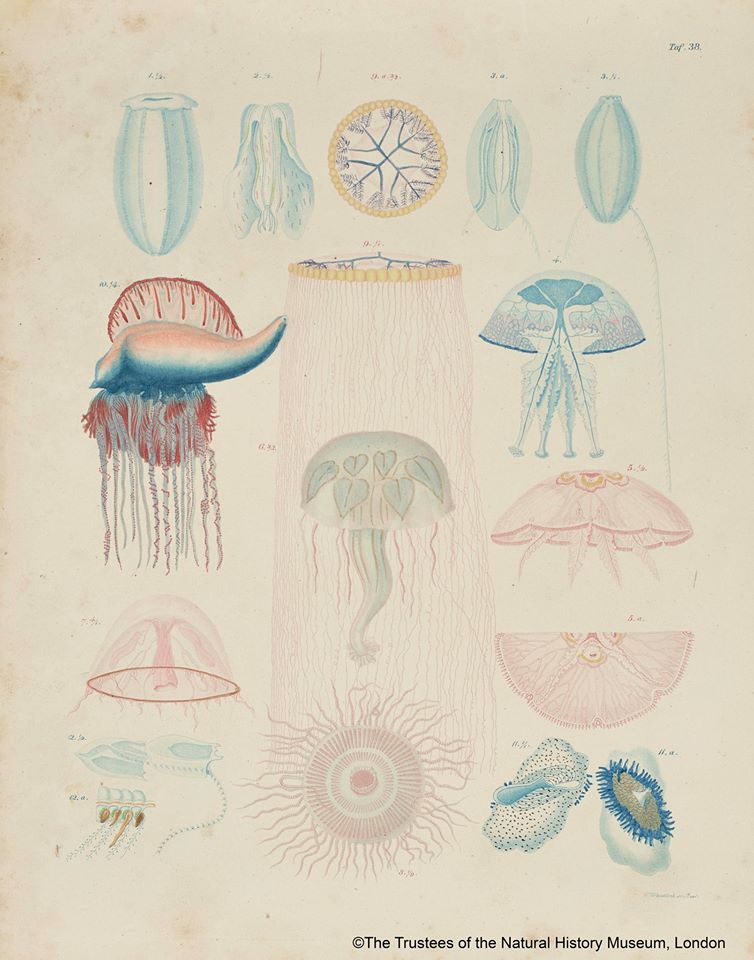Good morning #LockdownBestiary lovers! In today’s edition J is for jellyfish. Jellyfish are not jelly and they are not fish. They have no bones, no blood, no heart, no brain. Except some do have a heart and/or a brain. It’s complicated.
The human history of jellyfish is one of categorical confusion -- as well a nonchalant approach of historical periodisation. Turns out jellyfish moved through the early modern period mostly unwatched, or taken for a strange kind of starfish.
(It’s hard to imagine no one in the Low Countries nearly stepping on a beached jellyfish between 1500 and 1800.)
In Antiquity ruled Pulmo marinus, sea lung, now called Pelagia noctiluca, night-light of the sea. Their older name likely refers to the lung-like expansion and contraction of a Medusa-in-motion. (Etching by Cathrine Raben Davidsen)
In the Arctic seas around 325 BC, geographer Pytheas of Massalia observed how ‘neither land, nor sea, nor air longer existed separately, but there was, so to speak, a mixture of all three, resembling the pleumōn thalattios, in which the land and the sea and all things floated.’
Strange lights in ice mist, a submarine aurora borealis: the effect of a crowd of luminescent jellyfish? It isn’t 100% certain this ‘sea lung’ refers to jellyfish or the glow of drift ice. This fits the spirit of the animal’s history rather well.
(A crowd? A flock? A herd of jellyfish? ‘Swarm’ does not do them justice.)
Pliny the Elder (who else?) included Pulmo marinus in his Historia naturalis (77CE, XXXII, 32). Boiled in water it provided a cure for urinary calculi. Hmm.
Jellyfish were of interest because they were useful. Also in the first century, botanist Pedanius Dioscorides wrote that ‘Pulmo marinus, being beaten small whilst it is new and so applied, doth help such as are atroubled with chilblanes and such as ye have goute.’
More than its apothecary uses, it was the jellyfish’s key characteristic - bioluminescence – that fascinated. Cheryl Lyn Dybas writes about bioluminescence and –fluorescence in BioScience: https://academic.oup.com/bioscience/article/69/7/487/5512573">https://academic.oup.com/bioscienc...
The idea of jellyfish as ocean lamps also meant that for centuries they were caught only to be squashed in the name of experimental science. Pliny: ‘A walking stick rubbed with the Pulmo marinus will light the way like a torch.’
The chase of the jellyfish glow led to jellyfish tragedies, especially in the 18th century when their watery bodies were rubbed and squeezed and stretched in attempts to extract the mysteries of the light.
Time for a short break, so here is a radiant Aequorea victoria, named in 1902. They are also called the crystal jelly, and they flash blue lights in the darkness which makes me think of Anna Atkins’ cyanotypes. They occult the Pacific. Back shortly with #earlymodern jellyfish!
#earlymodern soon, first a rhyme from 1850 about jellyfish light: & #39;This animal -- here enlarged -- found by Greenland& #39;s shores / devoured by the fish lord in its multitudes / The sea& #39;s mirrored surface is often covered in them / The sea one large fire, sometimes causing fear.& #39;
Early modern naturalists categorising creatures struggled most with invertebrates. The ‘uncrowned king of Chinese naturalists’ Li Shizhen classified jellyfish together with dolphins, sharks and sirens as lin, ‘scaled fish’. (Bencao gangmu, Nanjing, 1590)
In the 18th century, Adolph Modéer named Physsophora, Linnaeus coined Holothuria (1758), the German malacologist labelled Medusa utriculus (1788). Most considered jellyfish & colleague-invertebrates leftovers of the animal kingdom: bits floating in water, insensate ‘sea lungs’.
Lamarck argued for a taxonomic reversal in 1794, placing jellyfish at the origins of the evolutionary timeline. From degenerates they were transformed into mystical creatures.
Jellyfish turned out to be incredibly diverse in shape and form, as this rag-tag team of acalephae and medusas shows (From the Wellcome, undated)
To complicate things further, some creatures that looked like jellyfish are not jellyfish. The Portuguese Man o’War, named after an 18th-century sailing warship, is a colonial organism in more ways than one: a group of animals working together, named after an imperial vessel.
The Man o’War was an inspiration for naval camaraderie. Somewhere between St Helena and Ascension, in 1784, James Forbes wrote about the Medusa, that ‘expands its light transparent sail at pleasure...& #39;
& #39;... and with thousands of its comrades scuds before a light breeze, and enlivens the surface of the ocean in the tropical latitudes’.
Plate 93 from Oriental memoirs, vol. 4 (1813)
Plate 93 from Oriental memoirs, vol. 4 (1813)
A note on venom (vinegar worked best against jellyfish stings, early moderns knew). The venomous nature of 18th-century jellyfish stories depends on latitude. Australian Indigenous, for example, knew deeply of the lethality of some native species; colonists learnt quickly.
In northern waters, concerns about being stung were mostly absent in the 18th and 19th centuries.
Floating by the Putbus coast in the Baltic, Marianne North wrote how ‘beautiful jelly-fish floated about, set with stars of all the purest colours, and could be easily caught in the hand, but melted away on dry land.’ (Recollections of a happy life, 1894, 24).
Check out Lila Marz Harper’s brand-new article on women’s travel guides, ‘Swimming among the jellyfish’, here: https://www.tandfonline.com/doi/full/10.1080/13645145.2019.1710904?scroll=top&needAccess=true">https://www.tandfonline.com/doi/full/...
Mary Wollstonecraft also has jellyfish experiences, not swimming, rowing in Scandinavia. In 18th-century fashion, she pointed at their radial symmetry as seen from above: ‘They look like thickened water...& #39;
& #39;... with a white edge; and four purple circles, of different forms, were in the middle, over an incredible number of fibres, or white lines. Touching them, the cloudy substance would turn or close, first on one side, then on the other, very gracefully.’
(A short residence in Sweden, Norway and Denmark (1796), 112) A beautiful picture of a jellyfish off the coast of Norway by Alex Berger:
Wollstonecraft ladled one out of the water and looked long at the ‘colourless jelly’, all cloudy and without any clear form.
Back after lunch and into the Pacific, #jellyfish buddies! Some colourful jellyfish to keep you busy:

 Read on Twitter
Read on Twitter